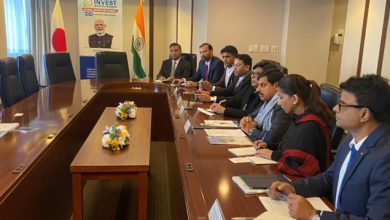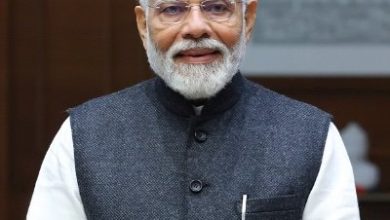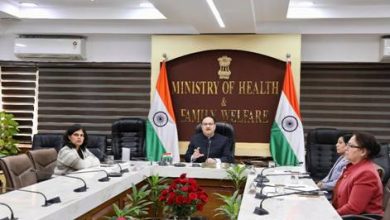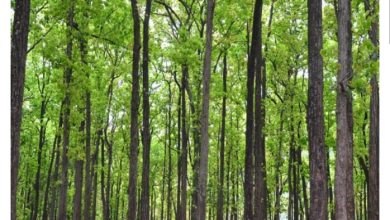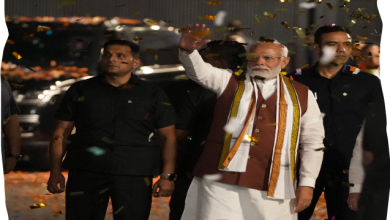Odisha’s buddhist past makes itself present
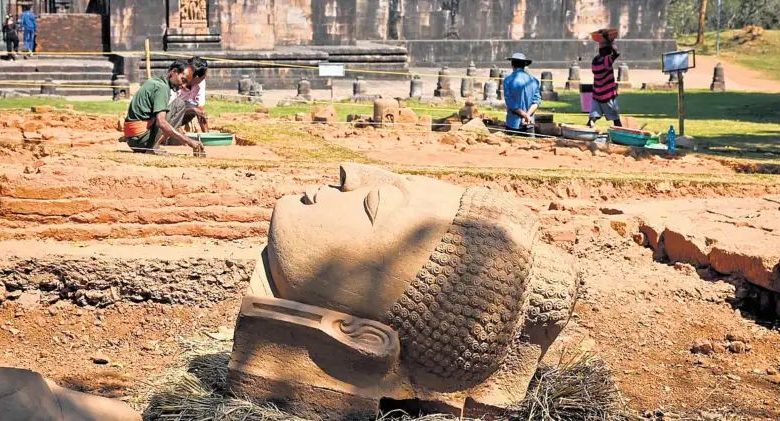
BHUBANESWAR: A 50-strong team of the Archaeological Survey of India (ASI) has been sweating it out at Ratnagiri for last 70 days, chipping away at heaps of soil, uncovering archaeological treasure that signal emergence of new historical evidence on Odisha’s place in Buddhist history.
Six decades after Debala Mitra, India’s first woman archaeologist and former director general of ASI, excavated two magnificent quadrangular monasteries, a large stupa, cluster of shrines and numerous sculptures from Ratnagiri, also known as Odisha’s ‘Hill of Jewels’, a large Buddhist shrine is now raising its head from a mound on the southern direction of the monasteries.
The ASI’s Puri circle has been excavating the site since December 5 last year and in the last one month, it has found three colossal Buddha heads, hundreds of votive stupas, stone inscriptions and images of Buddhist gods and goddesses, all pointing to the archaeological richness hitherto not known to the world.
Shrine Complex Emerges
Buddhist remains atop the Ratnagiri were first noticed by archaeologist MM Chakrabarty in 1905 and subsequently, the first systematic excavation of the site was carried out by Mitra from 1958 to 1961. She had then dated the site to 5th century CE whose development continued till 12th century CE. The downfall began in the 13th century CE as a result of Muslim invasion, historians say.
Prior to the December 2024 excavation, a small portion of what appeared to be a Buddhist head and some other structural remains were visible on southern side of the main monastery.
A monolithic elephant discovered from the site
According to superintending archaeologist of ASI DB Garnayak, the objective of the excavation was to find out if there existed a shrine complex which is a sacred Buddhist assembly or prayer hall, in Ratnagiri. Unlike its contemporary sites Lalitgiri and Udaygiri which have shrine complexes, no such structure was found in the previous excavation of Ratnagiri. “Since some archaeological remains were seen buried at this unexcavated mound, we began the dig to look for it. Now after two months of spade work, we believe that this is where the shrine complex was located,” he said.
What further strengthened this theory is the discovery of three colossal heads of Lord Buddha with elongated earlobes and a lion pedestal from the site. The beautifully-carved heads with partially closed eyes show Buddha in a contemplative mood. The heads and ‘ushnisha’ (protuberance on the head of Buddha symbolising wisdom, enlightenment, and spiritual attainment) are intricately decorated with several rows of curls.
“An interesting aspect of the Buddha heads is the noses in all the three are intact. Usually, invaders are found to have damaged noses of sculptures but here, it seems the sculptures were so tall that the nose remained inaccessible. Hence, the invaders may have broken the sculptures just below the neck,” he said. Close to the pedestal, a circular structure having a khondolite base, decorated with a serpent deity holding a ceremonial pot, a mythical lion and flowers, has been found.
Two similar Buddha heads were found during the 1960s excavation and are currently housed in the Ratnagiri museum.
Three Buddha heads excavated from one trench on the mound | DEBADATTA MALLICK
Significance of Ratnagiri
Considered one of the most important and largest Buddhist establishments in the state, Ratnagiri (also known as Ratnagiri Mahavihara) is spread across 18 acre of land on the Assia hill range on the left bank of Kelua river, a tributary of Brahmani in Jajpur district.
Having earned the fame as a center of learning for yoga and tantra, many historians and Mitra had compared Ratnagiri with Nalanda. The site flourished as an important Buddhist establishment under the royal patronage of Bhaumakaras during the 9th-10th century CE. The archaeological vestiges of the site are dated from 5th century CE to 13th-14th century CE.
According to Buddhism expert Sunil Patnaik, the site has two phases of history. The first phase of 200 years belonged to Mahayana Buddhism and the rest saw Vajrayana or Tantric Buddhism. It is believed that Vajrayana Buddhism from Ratnagiri migrated to Southeast Asian countries, particularly the cult of Tara to Java and Tibet towards 9th-10th century CE, he added.
Inscriptions & Dating
Among the significant latest finds are the inscriptions in form of stone tablets and on votive stupas, which have helped the archaeologists date the Buddha heads. Garnayak said the dates of the two heads in the museum and those found from the mound could not be ascertained till the inscriptions were discovered. The inscriptions are written in Sanskrit language and in Kutila script. Archaeologist Prof Subrat Acharya and director of ASI’s epigraphy branch at Mysuru K Munirathnam translated the inscriptions and dated it back to mid-7th to 8th century CE.
A lion pedestal
This helped the archaeologists conclude that the heads belong to the 8th century CE. Many of the inscriptions have ‘dharani’ (Buddhist hymns) on them. This apart, some inscriptions of 12th century CE in Nagari script have been found.
After discovery of the Buddha heads, the scope of excavation on the mound has been further expanded to ascertain the nature of the structures found, factors behind demolition or collapse of the structural remains and the site’s pottery assemblage (collection of ceramic vessels and fragments found in the site).
Pottery Assemblage
Pottery, Garnayak said, is considered the alphabet of archaeology because it reveals the food habits, religion and social system of a place. “Therefore, during this excavation, we are giving more emphasis on pottery assemblage which was not the case during the 1960s excavation when the focus was more on structural findings,” he said.
In the last fortnight, a large number of pottery shreds have been found which reveal the pottery assemblage of the site is largely dominated by greyware followed by redware pottery. While a large number of excavated shreds are plain, a few have geometric designs and it is assumed that the shreds are of lamps, bowls and dishes. While ASI has earlier discovered pottery of 5th to 6th century CE from various sites across the state, the ceramics found from Ratnagiri date back to 7th-8th century CE to 14th century CE, giving a link to the medieval ceramic tradition of Odisha.
This apart, one of the most striking finds is a broken monolithic elephant, an imposing structure measuring five feet in length and over 3.5 feet tall, making it one of the largest and most graceful of its kind in Odisha.
Votive stupas with niches having divinities found from the mound
Maritime Link & Tantrayana
It is believed that Buddhist establishments were generally patronised by traders from southeast Asian countries in the ancient times. The excavation is also directed towards finding Ratnagiri’s link with any Southeast Asian countries and archaeologists have been looking for related material culture at the site. However, they have had no luck so far except finding only a few celadon shards. Celadon ceramic pottery style has its origin in China. “Only if we get a lot of celadons, we can say that the site had a maritime link like Barabati and Khalkatapatna but that isn’t the case so far,” Garnayak said.
But what are being found in large numbers from the excavated shrine complex are idols of Buddhist gods and goddesses and votive stupas related to Vajrayana Buddhism. So far, archaeologists have dug out close to 50 idols of Buddhist deities like Tara, Chunda, Hariti, Avalokitesvara, Heruk, Marichi, Jambhala, Manjushri, Arapachana, Vajrasattva and Vasudhara, among others.
Also, hundreds of stupas, both monolithic votive stupas and structural stupas continue to be excavated from the mound. In the votive stupas, there are niches (small spaces carved into the structure) which house idols of Buddha in Bhumisparsa and Dhyana mudras and other deities like Aparchana, Avalokitesvara, Chunda and Dhyana. Votive stupas are generally offered by students or people in fulfillment of a vow. Bigger stupas have also been found which house four divinities in four directions. Stating that Ratnagiri has the highest number of votive stupas compared to any other Buddhist site in Odisha, Garnayak said it is the best site to study the iconographical feature of Vajrayana Buddhism.
ASI plans to continue Ratnagiri excavation for a few more months to trace out more monastic evidence, the presence of which is evident from the 18 acre site.



